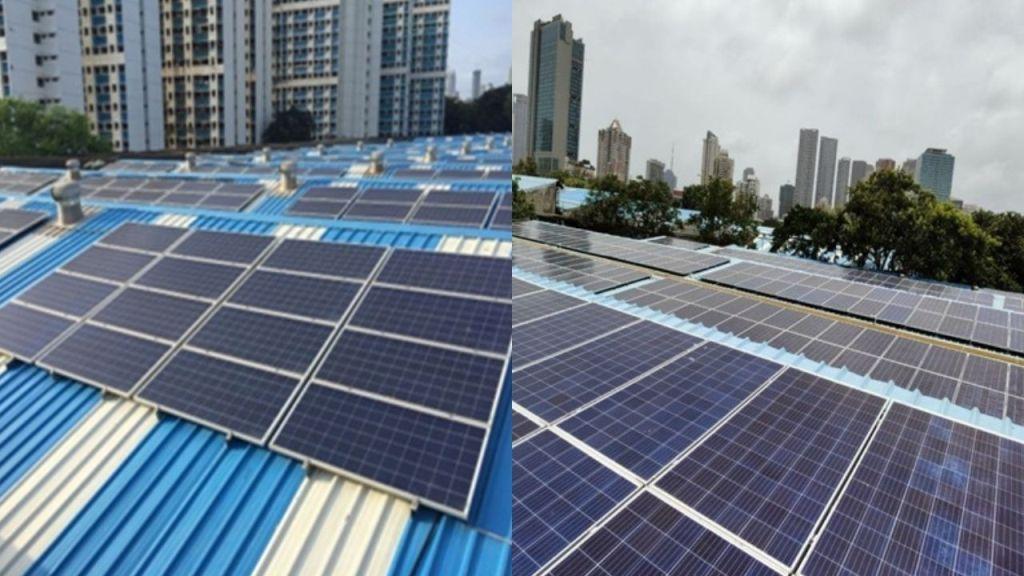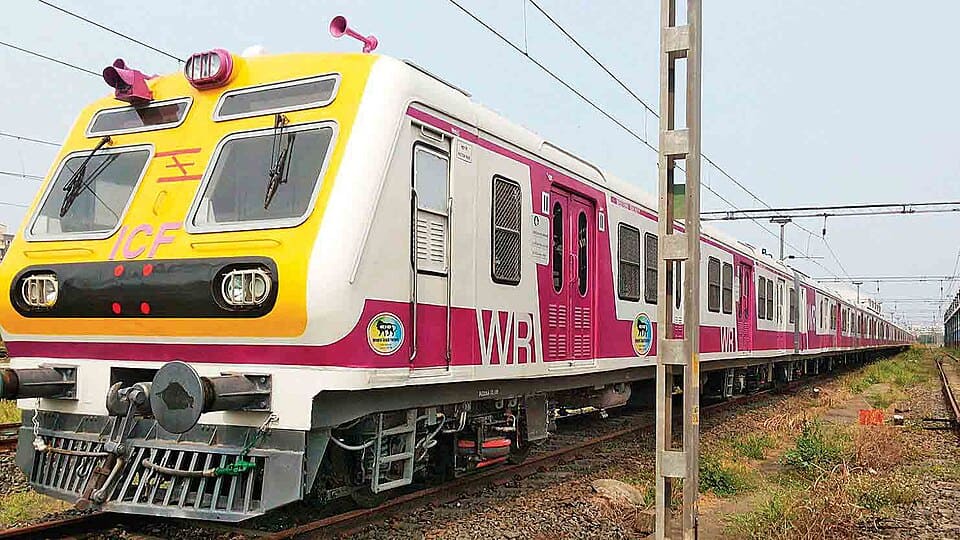The Western Railway is working to contribute to Indian Railways’ goal of achieving ‘Net Zero Carbon Emission’ by 2030. Keeping its commitment to environment conservation as a priority, Western Railway is taking strides in the path towards sustainable energy.
To enhance the share of renewable energy, a combination of solar, wind and other renewable sources is planned based on strategic power procurement planning. Most of the renewable power projects for Indian Railways have been taken up under Power Purchase Agreement (developer mode).
Indian Railways aims to become a net-zero carbon emitter by 2030. Indian Railways has plans to source 30,000 MW of renewable energy capacity by 2029-30, with a current installation of 147 MW of solar plants and 103 MW of wind power plants.
Use of Solar Energy by Western Railway
Western Railway is using solar energy for its power requirements and has taken steps to increase the use of renewable energy.
As per Western Railway data, till December 2024, Solar panels of 13.72 MWp have been installed at 242 locations (146 stations and 96 service/office buildings/sheds/workshops) in all 6 divisions of Western Railway, including 50 locations on Mumbai Central Division, 35 locations on Vadodara Division, 61 locations on Ratlam Division, 17 locations on Ahmedabad Division, 34 locations on Rajkot Division and 45 locations on Bhavnagar Division. This has also resulted into considerable saving of revenue. This is equivalent to carbon absorption capability of 5,48,720 trees.



